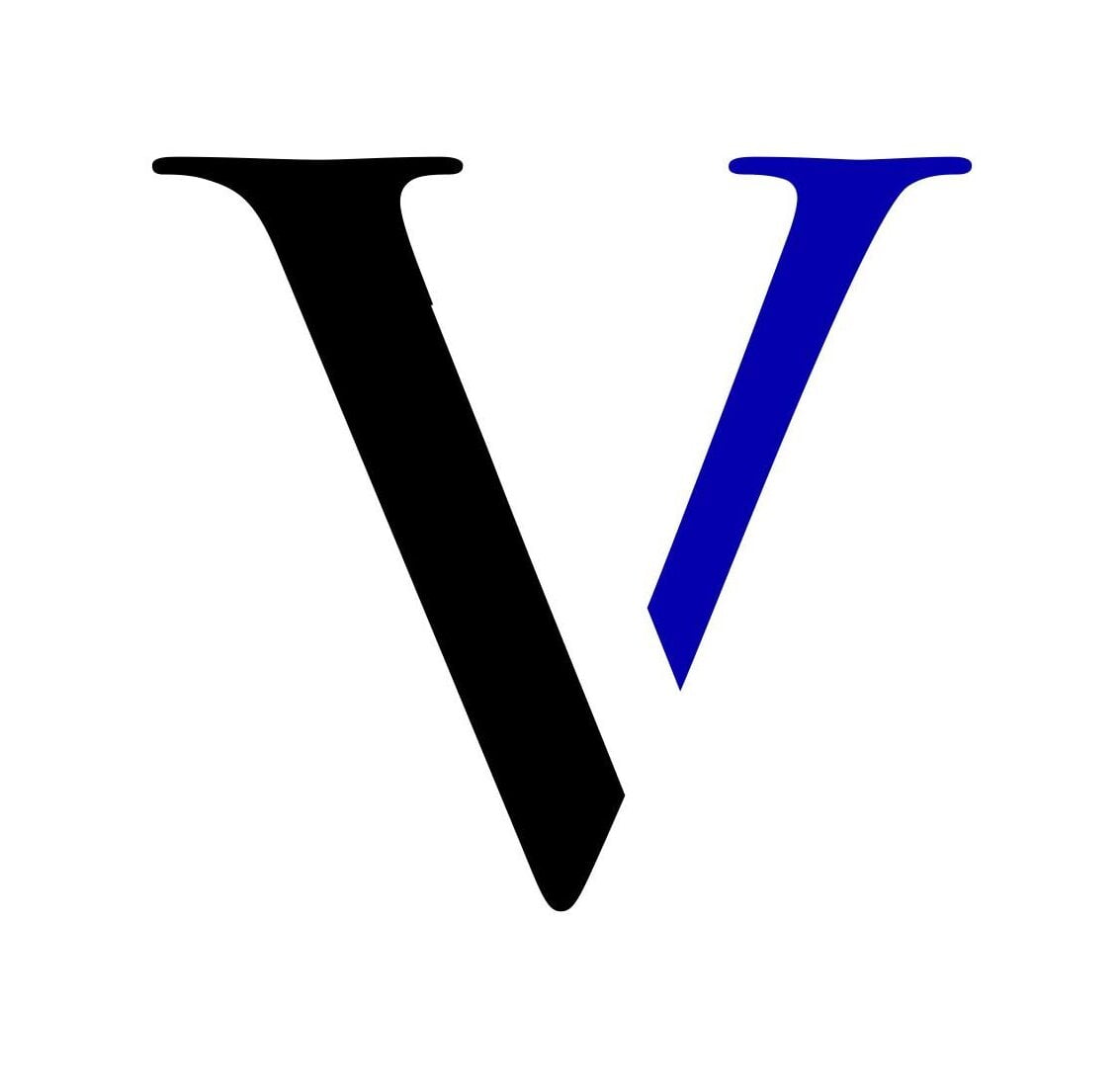On this website, you will find all subjects solved model question paper with answers and VTU 1st Year 21CIV14/24 Elements of Civil Engineering and Mechanics Solved Model Question paper with answers.
VTU 1st Year Elements of Civil Engineering [SET-2] Solved Model Question paper
Module-1
1.A] Explain briefly the scope of civil engineering in
i) Environmental and sanitary engineering
ii) Construction engineering
Get Answer
1.B] Explain briefly the role of civil engineers in the development of the nation
Get Answer
1.C] What are the requirements of a good brick?
Get Answer
or
2.A] Explain briefly the scope of civil engineering in
i) Geotechnical engineering
ii) Earthquake engineering
Get Answer
2.B] Explain briefly different types of cement.
Get Answer
2.C] Explain the classification of steel
Get Answer
Module-2
3.A] State and prove parallelogram law of forces
Get Answer
3.B] Determine the resultant of the force system shown in figure.

3.C] Three forces of magnitude 200N each are acting along the sides of an equilateral triangle as shown in fig Q 3 (c). Determine the resultant in magnitude and direction with reference to point B.

Get Answer
or
4.A] State and Prove Lami’s theorem
Get Answer
4.B] A vertical load of 30kN is supported at A by a system of cables as shown in the figure. Determine the force in each cable for equilibrium.

4.C] Knowing that WA = 80N and θ = 400, determine the smallest and largest value of WB for which the system is in equilibrium, refer fig. Q4 (c). Take µs = 0.35 and µk = 0.25.

Module-3
5.A] Find the centroid of the area enclosed by a right-angled triangle from the first principle.
Get Answer
5.B] Locate the centroid of the shaded area as shown in fig. Q 5(b)

or
6.A] State and prove parallel axes theorem
Get Answer
6.B] Derive an expression for moment of inertia of a rectangle from first principle about its vertical centroidal axis.
Get Answer
6.C] Find the polar radius of gyration for the area as shown in fig. Q 6 (c)

Module-4
7.A] Explain different types of supports and reactions.
Get Answer
7.B] Analyse the truss as shown in fig Q 7(b), by methods of joints.

or
8.A] What are the assumptions made in the analysis of a truss?
Get Answer
8.B] Find the support reactions for the beam as shown in fig Q 8 (b).

8.C] A floor truss is loaded as shown in fig Q 8 (c), Determine the forces in members CF, EF and EG.

Module-5
9.A] Define i) Displacement ii) Velocity iii) Acceleration iv) Speed
Get Answer
9.B] A stone is released from top of the tower, during the last second of its motion, it covers 1/4th of the height of the tower. Find the height of the tower.
Get Answer
9.C] A target is fired with an initial velocity of 180m/s at a target located 500m above the gun and at a horizontal distance of 2100m. Neglecting air resistance, Determine the value of the firing angle.
Get Answer
or
10.A] State and explain D’ Alembert’s principle.
Get Answer
10.B] A fly wheel rotates at 200rpm and after 10 seconds it rotating at 160rpm. If the retardation is uniform determine number of revolutions made and time taken by flywheel before it-.comes to rest from the speed of 200 rpm.
Get Answer
10.C] A particle of mass 100N is acted upon by a force F = (20t2 – 40)N, where ‘t’ is time in second. At t = 0s, velocity of the particle is 5m/s and position x = 0. Find velocity and position of the particle at t = 2s.
Get Answer

